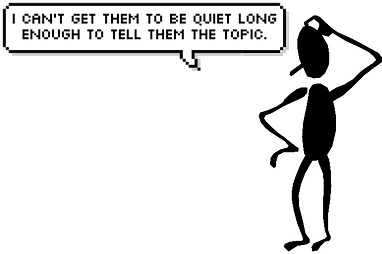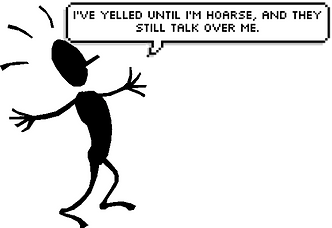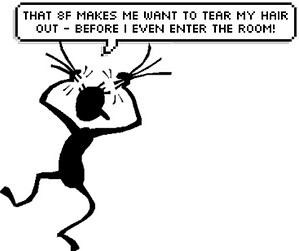What can I do when the whole class is "hard"?




Sound familiar? You may have a "hard class" on your hands.
The Hard Class has been described in some detail by behavioural management expert Bill Rogers, but you may well have developed your own working definition by now.
So what do the experts recommend?

The very first thing to do is enlist support from your colleagues. It may seem difficult to admit that you are having a problem, but recognising a hard class is the first step to addressing the issues. Talk to other colleagues, the head teacher for your subject area and the Head Teacher of Teaching and Learning. They can help you to identify if other teachers have also had issues with this class, in which case, a whole year level approach may be warranted. Talking with others will also help you to realise that you are not alone. Support from one’s colleagues is absolutely critical to a successful induction into your career as a teacher (Darling-Hammond, 2003).
If the school is supportive, you may wish to consider such tactics as changing the timetable, classroom or makeup of the class (Rogers, 2000. p. 15), however it is often hard to enact such changes at Caperberry HS once the year has begun. Instead, with the support of colleagues, you can prepare some strategies such as having experienced teachers visit your classroom occasionally and “borrow” some of the persistently disruptive students. Keeping the door half-open and having teachers walk past can also be of help. You may wish to have an arrangement where you can send students who do not respond to discipline to another teacher’s classroom for a timeout. These measures will help in the short term, but they need to be backed up by a considered plan for behaviour management.
The next step is to re-establish routines with your class. It is not an easy thing to do once you have allowed certain behaviours, however, it is imperative that you once again establish the ground rules. You will need to explicitly instruct the students on issues such as:
-
Procedures for entering and exiting the classroom
-
Seating arrangements
-
How students can ask questions
-
When students may move around the room
-
What a reasonable level of noise is and when you expect silence
In order to assess the behavioural problems affecting your class, you may wish to have a class meeting (Rogers, 2000, p. 29). During a class meeting, students are asked to express their concerns and then discuss ways to address these concerns. The outcomes can then be used to inform a Class Behaviour plan which addresses the responsibilities of the students, the rules of the classroom and consequences for not abiding by these rules. When a behaviour plan has been agreed upon, it is a good idea to display it prominently in the classroom so that it can be referred to when necessary.
If there are students who require an Individual Behaviour Management Plan, please refer to Appendix B.
Once you have re-established these rules and routines with you class, you will need to focus on following through with discipline and consequences. When students do respond, it is important to offer positive reinforcement.
Dealing with a hard class is a taxing proposition. Even experienced teachers may come across “hard classes”, so it is important to remember that it does not indicate you are a failure as a professional teacher. Instead, seek support from your colleagues and set a plan in action as soon as possible to address the issues in your classroom.

I highly recommend Bill Rogers’ book Cracking the Hard Class (2000) if you find yourself in the position of managing a challenging cohort.